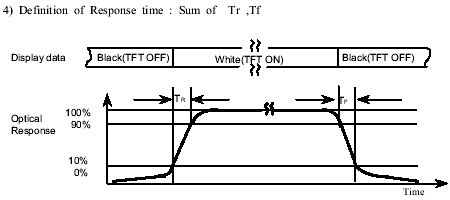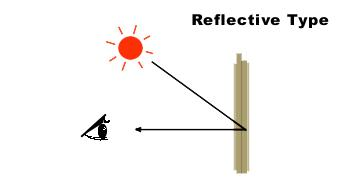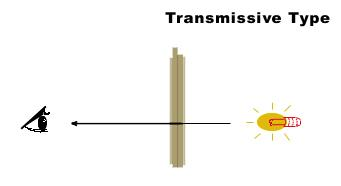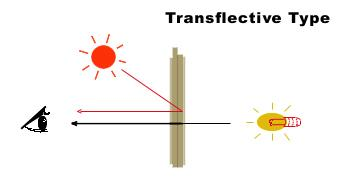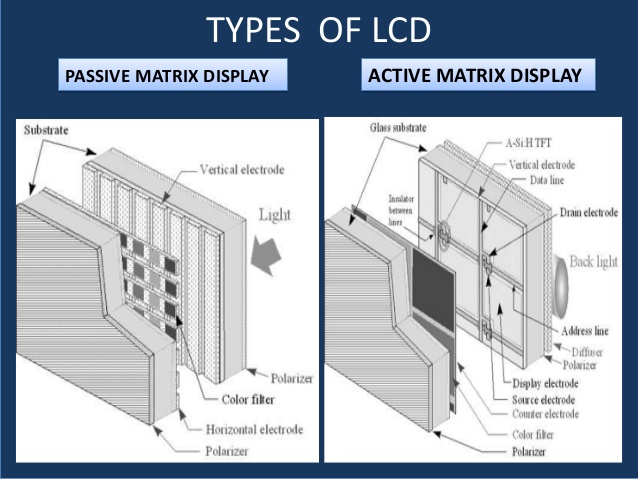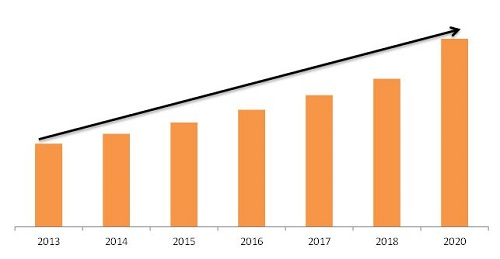Embedded Display Technology- Liquid Crystal Display
Embedded display is a rising technology that allows for easy implementation of the color display interface in several features including touch screens, embedded functions, and interactions between electronic devices and users. With higher display efficiency, the flexibility and power savings also increase. Embedded display is a device that enables to design product features and purposes, adjust to new standards, as per the applications. It is considered unavoidable for most applications which are high-end and need particular functionality like competitive economic costs, high efficiency, and user friendly. Embedded displays have experienced multiple technological advancements due to the constant demand in the market for low costs and high performance.
Liquid Crystal Display
Display technology performs an important role in how information is transmitted. With the saying a picture is worth a thousand words, display technology clarify and reduce information sharing. Since the discovery of liquid crystals display, also known as LCD, it has become the potential application in display technology. LCD designs differ depending on the specific application. Features that can change depending on the specific use are display format, resolution, response time, and contrast. On an LCD, information is generally presented in segments or pixels. Pixels are the smallest manageable element on a screen. The higher amount of number of pixels on a screen, the better the image quality formed.
Response Time
Response time is a measurement of the time it takes for a pixel to turn from white to black (rise time), and back to black again (fall time). Rise and fall times are determined by the viscosity of the liquid crystal, the amplitude of the driving voltage, and the thickness of the liquid crystal cell. Typical response times for LCD monitors and televisions nowadays range from 4ms to 30ms. Contrast ratio is also an essential factor. Contrast ratio is the discrepancy in brightness between an “on” pixels divided by an “off” pixels.
Light Transmission Modes
All LCDs do not generate their own light, therefore they are non-emissive devices. To display, there are three common illumination techniques; reflective, transmissive, and transflective. Reflective technology involves a diffuser attached to the lower polarizer. This layer reflects incoming light evenly back through the display. This type of display depends on ambient light to work as they will not operate in dim lit areas.
Transmissive technologies have backlights attached to the lower polarizer. Most transmissive displays work in a negative mode, meaning the text is a light color and the background a dark color. LCDs with transmissive configurations have decent image quality indoors but are barely readable in natural sunlight. This is because of the sunlight’s intensity reflecting from the surface of the LCD which is a lot stronger than the light coming from the backlight.
Transflective devices are a hybrid of the reflective and transmissive arrangements. The constructive resembles the transmivvie display except a partially reflective layer is added between the backlight and the liquid crystal. Because it is a hybrid, transflective screens operate in both indoor and outdoor environments.
Liquid Crystal Display Types
LCDs are sectioned into two main groups: passive displays and active displays. Passive and active regards to the circuits that are responsible for activating pixels. Under the passive route are Twisted Nematic, Super Twist Nematic, and Film compensated Super Twist Nematic. Under the active category are Thin Film Transistor, and Thin Film Diode.
Passive LCDs use electrical components that do not supply their own energy to turn “on” or “off” desired pixels. A passive matrix LCD is made up of a set of multiplexed transparent electrodes. Active liquid crystal displays have a similar construction to the passive implementation. Just like a passive display, active LCDs use a semi-transparent conductive grid to supply charge to the liquid crystal layer. The main difference is that the active displays have a transistor that is built into each pixel. The thin film transistor (TFT) is like a switch basically controlling the voltage each pixel gets. One of the biggest problems with the passive implementation was the loss of contrast in greater array sizes that results to crosstalk. In the active matrix configuration, almost all effects of crosstalk are eradicated. The capability of this setup nearly equals to individual and independent control of each liquid crystal element leading to a good on/off contrast and good grey scale control. These features create TFT LCDs way more superior to passive matrix designs and also make them desirable for larger screen applications such as laptops, computer monitors, and TVs.
Future Markets
LCD technology undergoes constant development and will continue to develop in the near future. Brightness, contrast, and overall picture quality of LCDs are improving every day. Research on new materials are done to give TFT screens faster refresh time, and to lower power usage.
The figure above presents the estimated growth of the embedded display market from 2014 to 2020. Embedded displays are being extensively used in industries such as automotive, vehicles/equipment, medical professional/hospital, medical home/consumer/personal, home appliances, home automation, industrial automation/controls, scientific test and measurement, and others. The increasing implementation of embedded displays in the medical field is expecting to increase their demand. A boost in the number of automated devices in several sectors, development of new embedded display technologies, and low cost with high efficiency have contributed to the growth of embedded displays.





